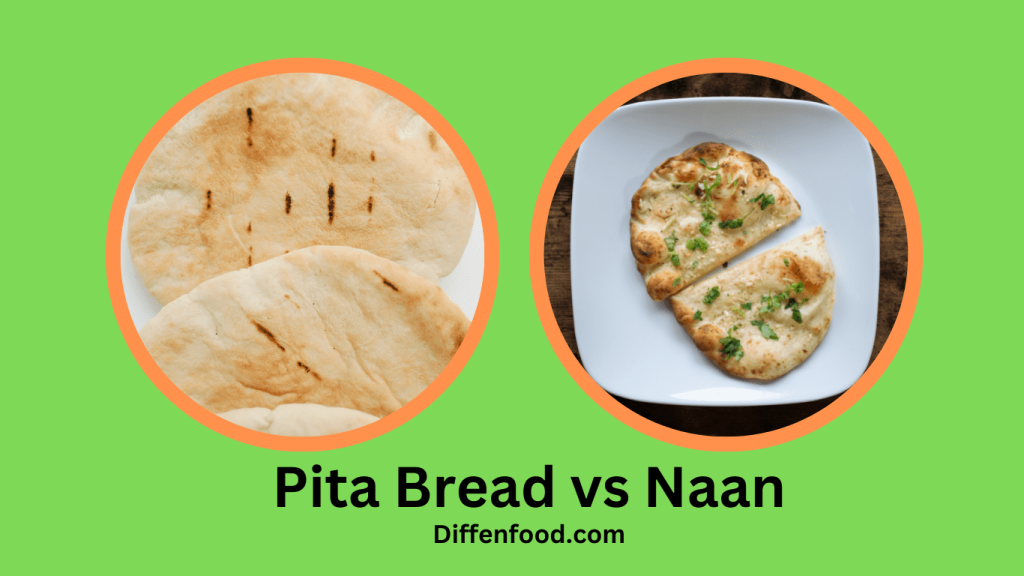
Margarine and butter are two of the most commonly used spreads in many households. They are used in cooking and baking, as well as for spreading on bread or toast. However, while they might seem similar, there are some significant differences between the two. In this article, we’ll take a look at margarine vs butter and explore what sets them apart.
Margarine
Margarine consists of vegetable oils, water, and other ingredients such as emulsifiers, salt, and flavorings to create a non-dairy spread. People often use margarine as a healthier substitute for butter.
Butter
Churning milk or cream creates butter, a dairy product that people frequently use as a spread and in cooking and baking. Butter’s rich flavor and versatility in recipes make it a popular choice.
Margarine Vs Butter: All the Differences Explained

Difference In Composition
To create butter, one churns animal milk, usually cow’s milk, until it separates into solid butterfat and liquid buttermilk. After washing and working the butterfat to remove any remaining liquid, people may choose to add salt, flavorings, or leave it plain.
In contrast, people create margarine by mixing vegetable oils, water, and occasionally other ingredients like emulsifiers, salt, and flavorings to make a non-dairy spread. Margarine can also be made from a combination of vegetable oils and animal fats.
Difference In Nutritional Value
Butter is high in saturated fat and cholesterol, which can lead to increased levels of LDL (bad) cholesterol and a higher risk of heart disease. It also contains vitamins A and D, as well as some trace minerals like calcium, iron, and potassium. Margarine, on the other hand, is lower in saturated fat and cholesterol, making it a healthier alternative to butter. Many margarine brands are also fortified with vitamins A and D.
Difference In Flavor and Texture
Butter has a rich, creamy flavor and a smooth, velvety texture that many people find irresistible. Margarine, on the other hand, has a milder, more neutral taste that some people find bland. It also has a softer texture and can be more spreadable than butter, especially when it is kept at room temperature.
Difference In Cooking and Baking
Butter’s flavor and ability to interact with other ingredients make it a popular choice for cooking and baking. It can add moisture, flavor, and richness to baked goods, and it is also great for sautéing, frying, and roasting. Margarine is also a good choice for cooking and baking, but it may not provide the same depth of flavor as butter. Margarine is favored by vegans and lactose intolerant individuals due to its absence of animal products.
Difference In Price and Availability
Butter is pricier than margarine because it’s derived from animal milk, which is more expensive to produce than vegetable oils. However, butter is widely available in grocery stores and specialty food shops. Margarine, on the other hand, is often less expensive than butter and is widely available in supermarkets.
Margarine and Butter in a Weight Loss Diet

Moderation is key.
Although people can consume both spreads in moderation, it’s crucial to take into account their nutritional value and opt for lower-fat alternatives or substitutes whenever feasible.
Margarine is generally lower in saturated fat and cholesterol than butter, but some types may contain trans fats, which can increase the risk of heart disease and other health problems. When choosing margarine, it is important to check the label and choose products that are free of trans fats and lower in calories.
Butter is higher in saturated fat and cholesterol than margarine, which can also increase the risk of heart disease and other health problems. When using butter in cooking or baking, consider using a smaller amount or substituting with a lower-fat alternative such as olive oil or vegetable oil.
Incorporating lean sources of protein, whole grains, fruits, and vegetables, and engaging in regular physical activity are also important components of a healthy weight loss diet. Consulting with a healthcare professional or registered dietitian can provide guidance on the best approach for individual weight loss goals and needs.
Conclusion
Margarine and butter are common spreads, but they vary in composition, nutritional content, flavor, texture, and cooking uses. Ultimately, the choice between margarine and butter will depend on personal taste preferences, dietary needs, and cooking requirements. For those looking to reduce their intake of saturated fat and cholesterol, margarine is a healthier alternative to butter. However, for those who love the rich, creamy flavor of butter, there really is no substitute.
FAQ
Margarine was invented in the mid-1800s as a cheaper alternative to butter. It became more popular during World War II when butter was rationed.
Margarine may be more environmentally friendly than butter because it requires less land and resources to produce vegetable oil than it does to raise cows for milk.
No, margarine typically has a more neutral taste than butter. Some people prefer the taste of butter, while others prefer margarine.


